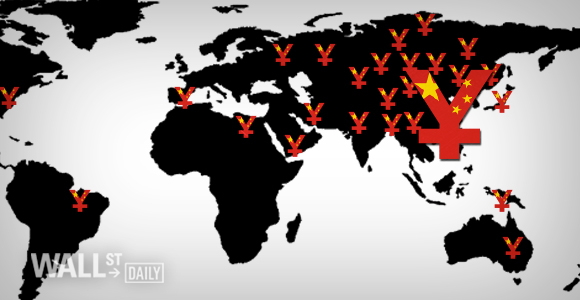
August 11, 2015 was an important date if you follow the stock market. That was the day China devalued the yuan.
But from a geopolitical viewpoint, June 9 was much more important. That was the date Russian energy giant Gazprom (OGZPY) agreed to sell oil to China in exchange for yuan instead of dollars.
This is a direct slap in the face of the decades-long dominant petrodollar.
The petrodollar was created in the early 1970s and was the brainchild of former Secretary of State Henry Kissinger and Saudi Arabia. You see, the United States agreed to protect the House of Saud with a commitment to its political and military security. In exchange, the kingpin of OPEC agreed that all oil sold would be sold solely in U.S. dollars.
So, if you don’t have U.S. dollars, you don’t have access to most of the world’s oil. That’s a nice way to “convince” other nations to hold dollars. Thus, the dollar stands as the world’s must-hold reserve currency.
Commodities and the Dollar
But China would like to change the dollar’s status. And, in its place, have the yuan be more widely accepted, with the hope that the yuan will eventually become the world’s new reserve currency.
The main reason for this is that China is tired of paying for most of the commodities it consumes with the dollar. In other words, it’s a price-taker.
It can’t set the terms for transactions because most commodities are priced in dollars. So it’s easy to see why China would like to cut out the middle man – the U.S. dollar.
According to The Wall Street Journal, China consumes “roughly an eighth of the world’s oil, a quarter of its gold, almost a third of its cotton, and up to half of all the major base metals.”Despite the recent slowdown of the Chinese economy, the country is still a voracious user of many commodities.

China Chipping Away
China also relies on overseas exchanges for trading and pricing on important commodities, including oil.












Leave A Comment